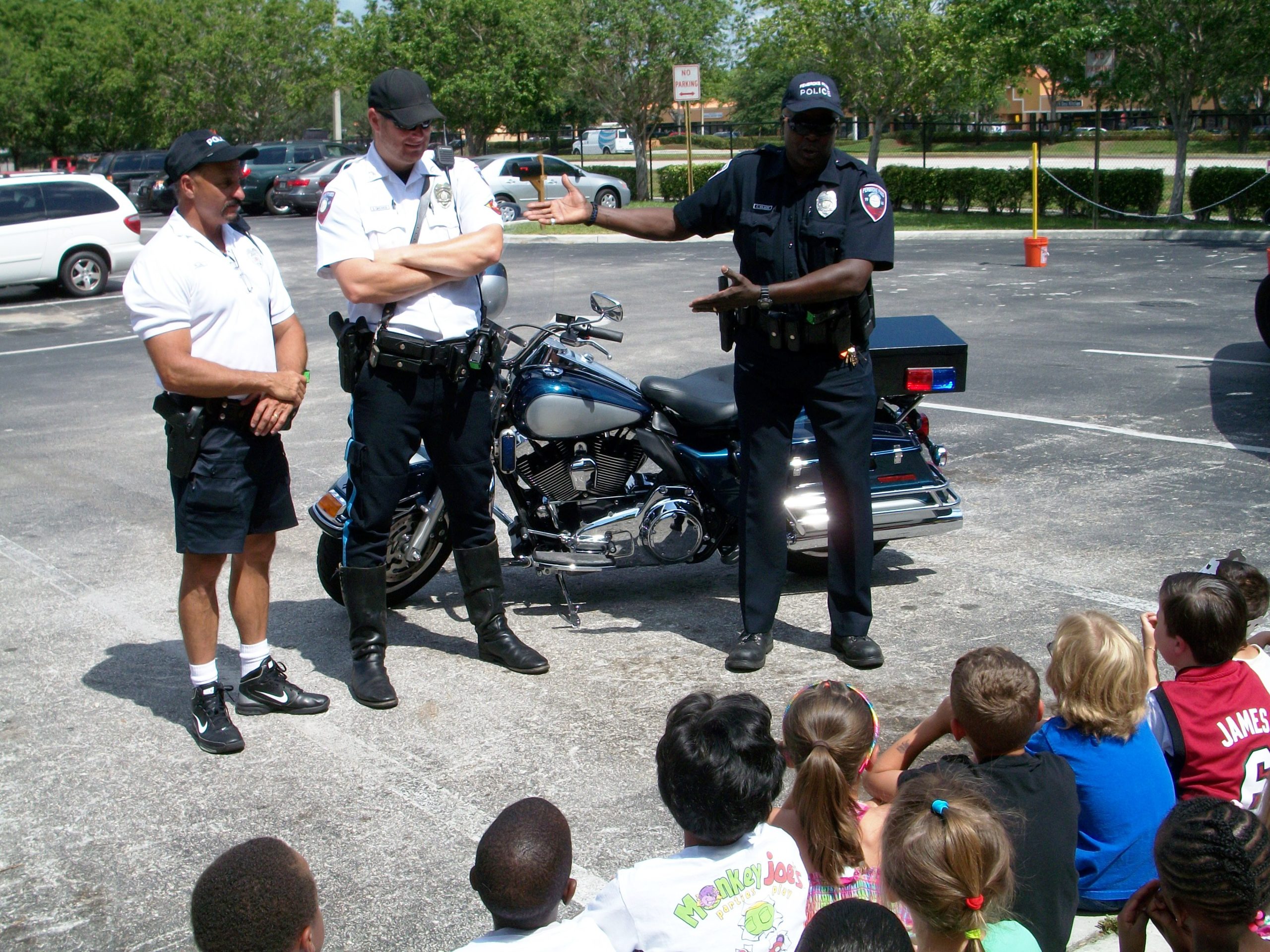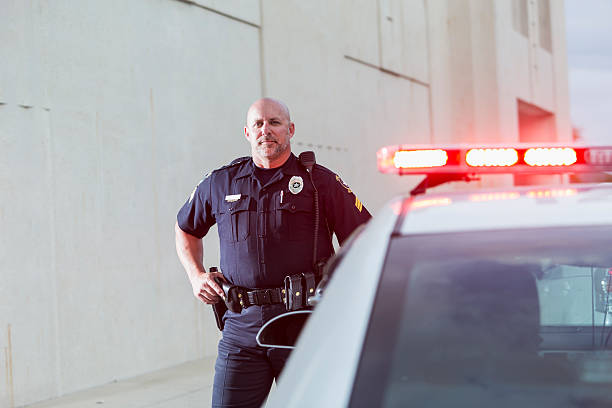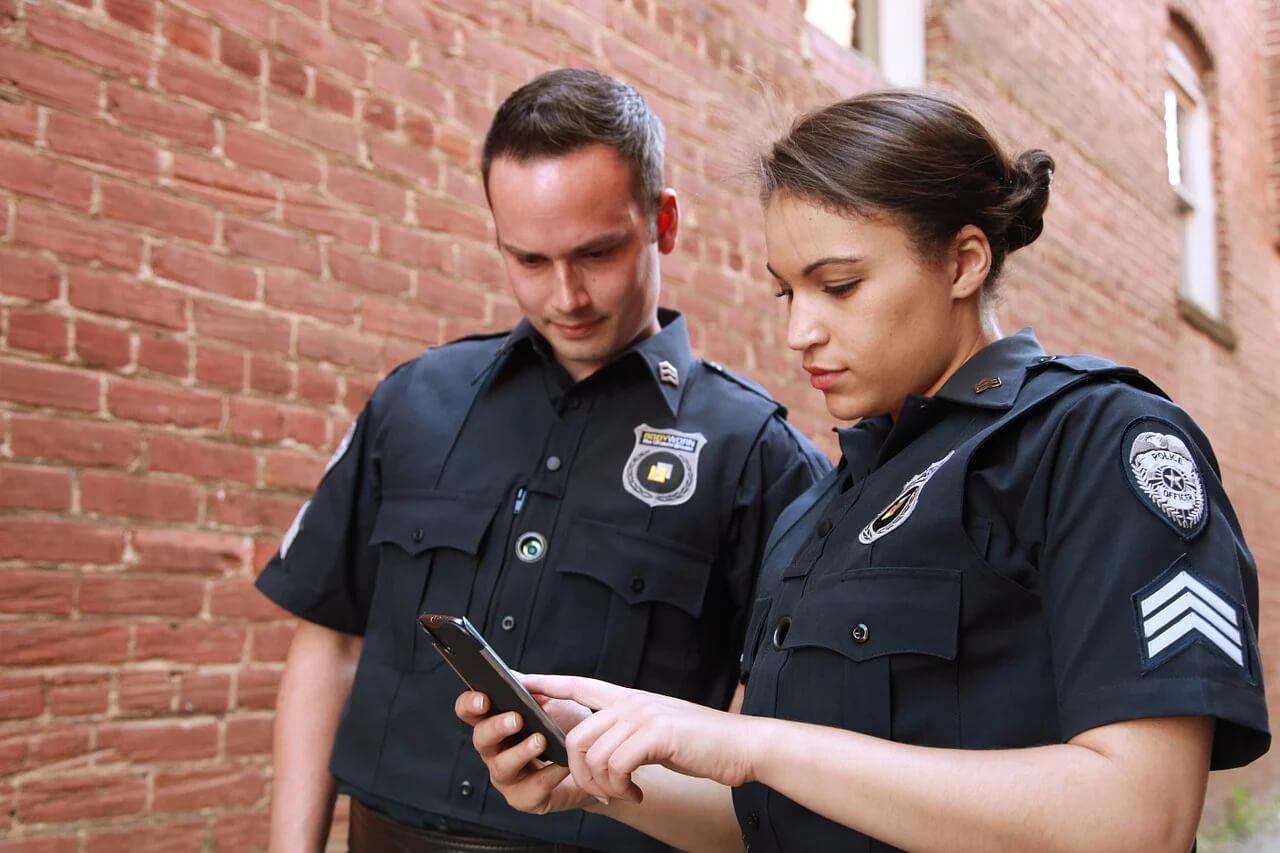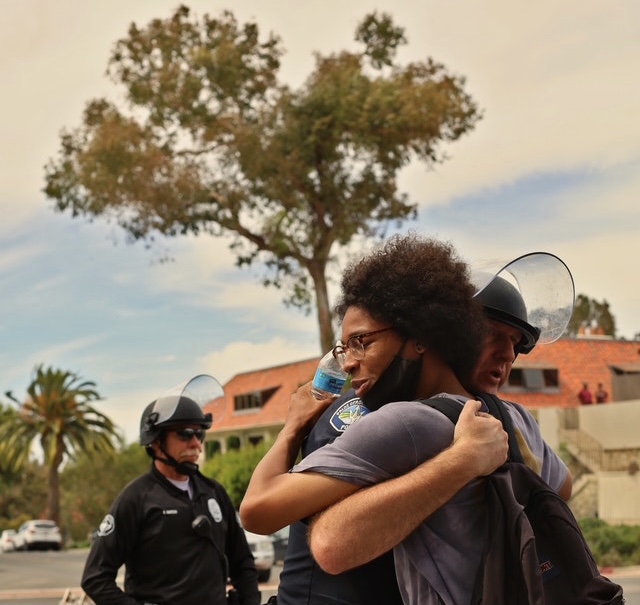While large metro police departments have the resources to conduct extensive community surveys, smaller town and rural agencies can still reap major benefits from polling residents with some creative thinking. Surveys represent a vital engagement tool for law enforcement of all sizes to identify priorities, measure satisfaction, and guide reforms. This article provides tips and real-world examples for maximizing community surveys on a budget.
Go Lean on Length
With limited resources, keep the survey concise at 10-15 questions max. Target high-yield focus areas like safety, responsiveness, conduct during interactions and open-ended concerns. Avoid extraneous areas that, while interesting, won’t directly inform operations or policies. Every question should tie back to actionable insights.
Get Creative on Distribution
Mailing paper surveys is costly. Instead, reach citizens through low/no-cost channels:
– Email survey links to all addresses registered with utilities or other services.
– Post on city and police websites/social media. Geo-target digital ads.
– Text survey links to residents enrolled in emergency alert systems.
– QR codes are more flexible and easy to distribute via multiple channels.
– Partner with civic groups like schools, churches, etc. to distribute.
– Set up tables at local events like festivals, fairs, markets etc.
– Visit high-traffic areas like supermarkets. Have a drawing for gift cards as incentive.
Optimizing Officer Involvement
Leverage patrol officers to engage residents through:
– Handing out postcards with survey info during routine contacts. Track officers’ outreach.
– Going door-to-door distributing flyers on blocks they normally patrol.
– Having officers text survey links to registered contacts/community leaders in their patrol area.
– Tasking School Resource Officers with promoting the survey to families they interact with.
Creative Incentives
Offer enticing incentives to participate despite limited budget:
– Gift cards donated by local businesses who want community feedback.
– Coupons to area shops, restaurants, attractions etc.
– Raffle with prizes like a ride-along with an officer.
Strategic Follow-Up
Close the feedback loop and demonstrate responses matter:
– Report top-line results on social media/newsletters. Show action items.
– Add community survey response data to CompStat meetings. Make part of operations.
– Assign tasks to specific officers related to concerns in their patrol areas.
– Form resident focus groups to review results and develop initiatives.
While community surveys present a heavier lift for smaller agencies, they remain an invaluable engagement tool with some creative pivoting. Keep it simple, maximize existing resources, incentivize participation, analyze smartly, and follow up openly. Surveys tailored for a township of 5,000 residents can have just as meaningful an impact on policing as those in major cities.
If you’re interested in discovering how the Officer Survey can assist your organization in obtaining feedback from your community members, feel free to schedule your demo today!








